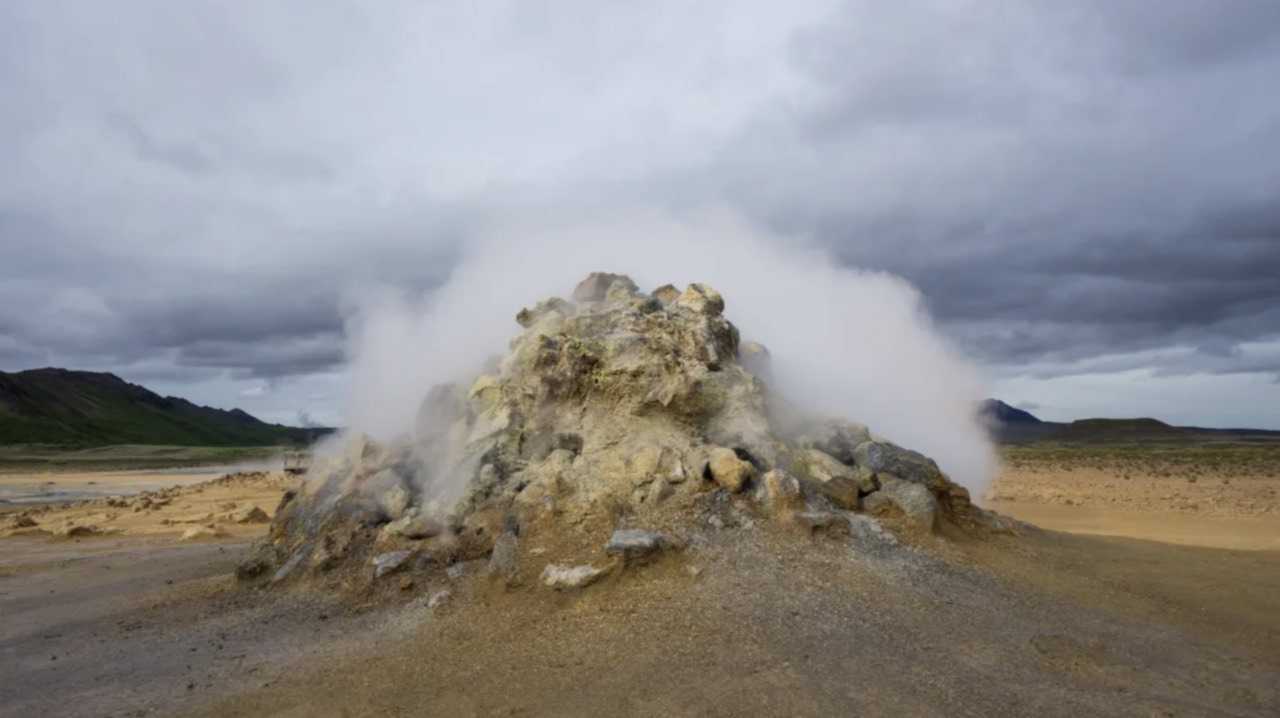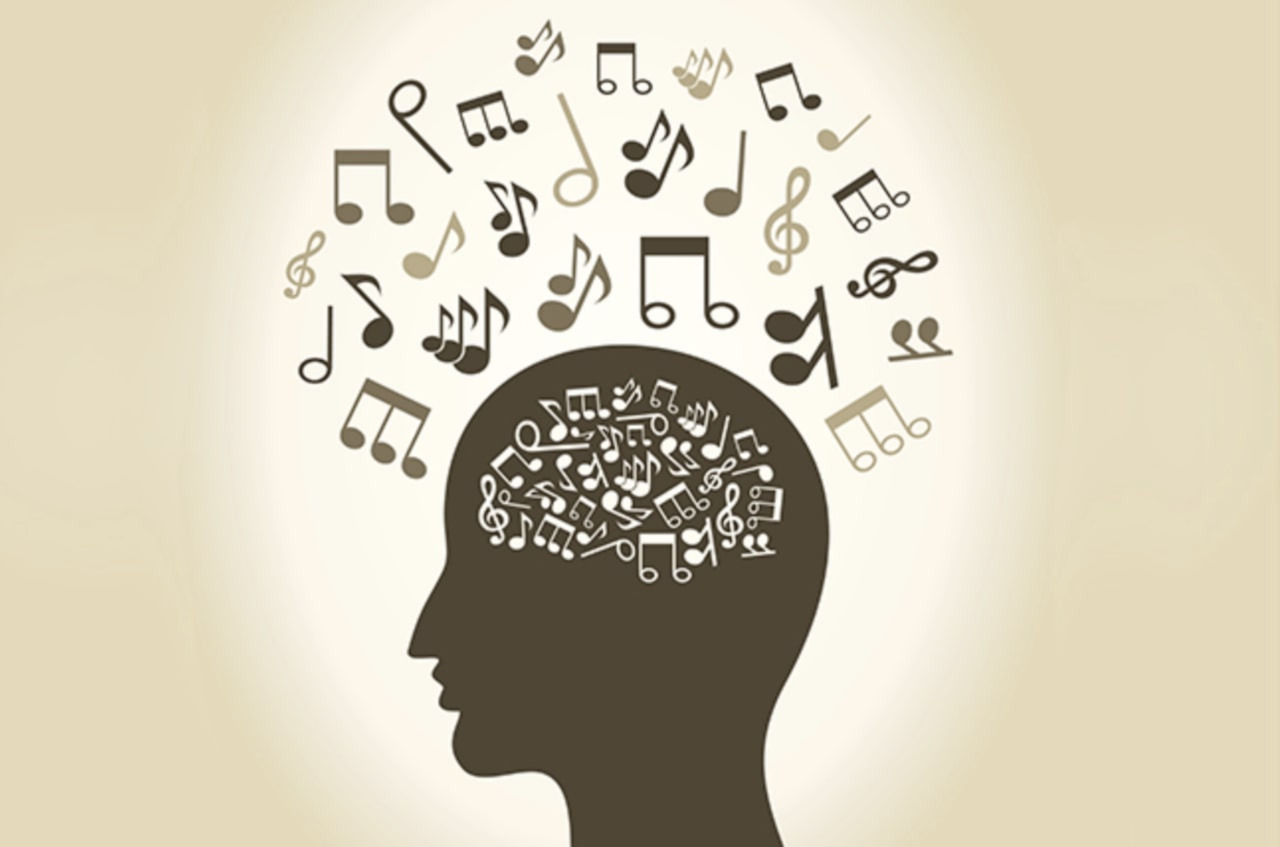Earth’s crust may hold clues to a near-unlimited renewable energy source

Image: Simon Dux/Alamy
As laid out in a new study, scientists from Canada and the UK have created a first-of-its-kind recipe to find white hydrogen, an element that represents a near-unlimited source of renewable energy, in deposits around the Earth. Or in other words—now they’re cooking with gas.
Let them cook: Discovering such reservoirs could help accelerate a global energy transition. But up until now, scientists have lacked much understanding of where natural hydrogen is located.
Why hydrogen?
The No. 1 element on the periodic table is widely considered the cleanest source of natural fuel upon being burned, since it produces pure water as a by-product. In theory, hydrogen could replace fossil fuels in factories, trucks, ships, and planes, eliminating up to half of all global carbon emissions.
But…The gas (or liquid) warrants a “handle with care” warning—it’s extremely flammable, opening the door to accidents. Plus, most naturally occurring hydrogen exists in combination with other molecules and requires energy-intensive processes to extract, which is counterproductive to reducing emissions.
- However—natural hydrogen (called white hydrogen because of its purity) could be a game-changer, since it doesn’t require any extra energy to refine before burning.
Big picture: The Earth's crust contains enough hydrogen to meet our current energy needs for ~170,000 years, according to the study’s authors. And while it’s still unclear how much can be accessed and profitably extracted, the researchers’ new recipe will make it easier to hunt for hydrogen reservoirs.
In other energy-transition news: EVs replaced ~1.3 million barrels of oil/day last year, with that figure expected to grow to ~5 million barrels/day by 2030, according to new International Energy Agency figures.
Share this!
Recent Science & Emerging Tech stories

Science & Emerging Tech
| May 14, 2025A good beat literally takes over your brain, new research shows
🎶 Forget the theremin or oboe: The human brain is the most sophisticated musical instrument in the world, with the ability to physically sync its natural oscillations with rhythms, melodies, and harmonies, according to a new study published in Nature Reviews Neuroscience.

Science & Emerging Tech
| May 9, 2025Amazon’s new warehouse robot is first to have a sense of touch
🤖 Amazon this week unveiled Vulcan, its first robot with a sense of touch, which the company aims to utilize to pick and pack items in its warehouses that only humans could handle previously.

Science & Emerging Tech
| May 9, 2025POV: When another GLP-1 side effect is discovered
💉 A new side effect of GLP-1 drugs, called “Ozempic face,” is causing users to develop lines, wrinkles and sagging loose skin around the mouth due to rapid fat loss, according to recent reports.
You've made it this far...
Let's make our relationship official, no 💍 or elaborate proposal required. Learn and stay entertained, for free.👇
All of our news is 100% free and you can unsubscribe anytime; the quiz takes ~10 seconds to complete